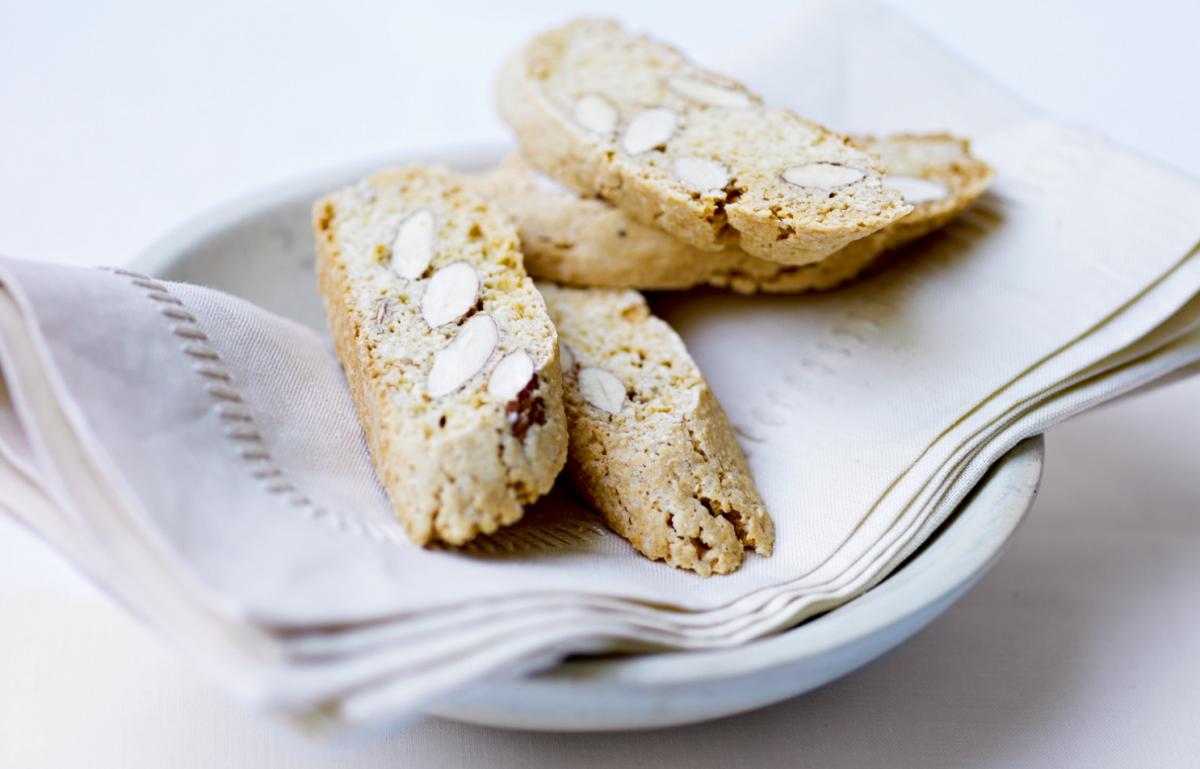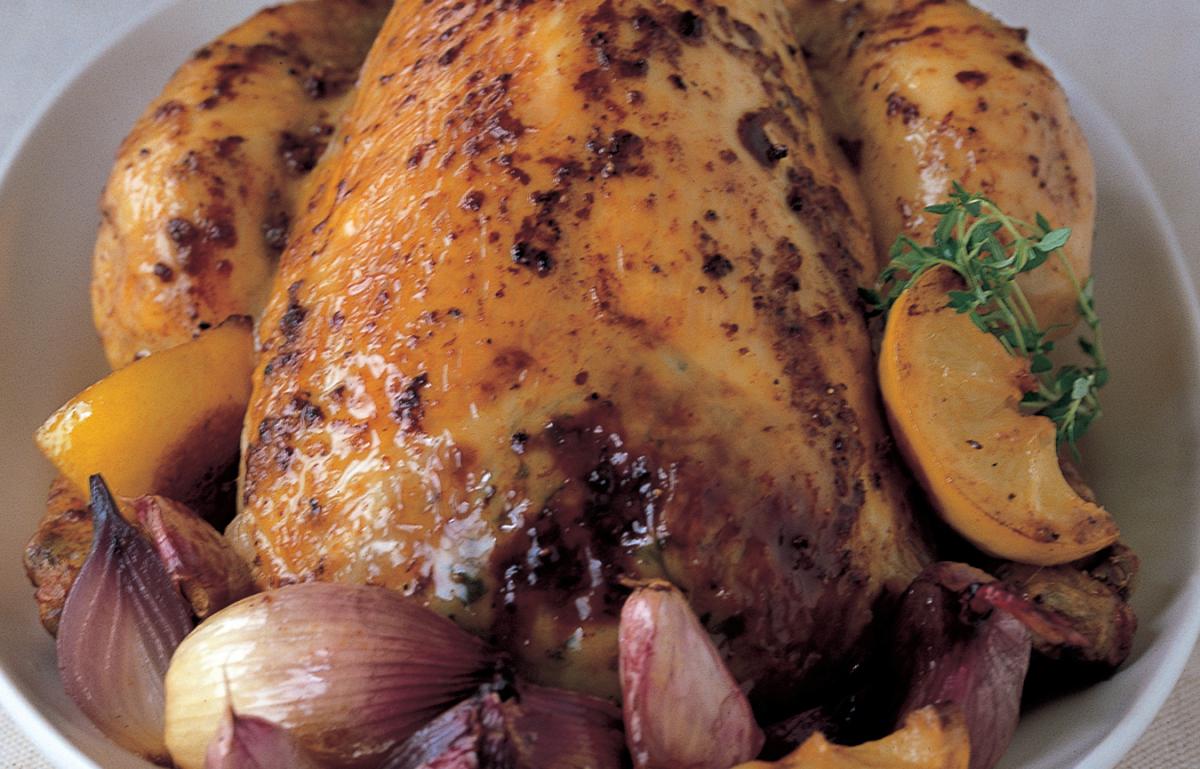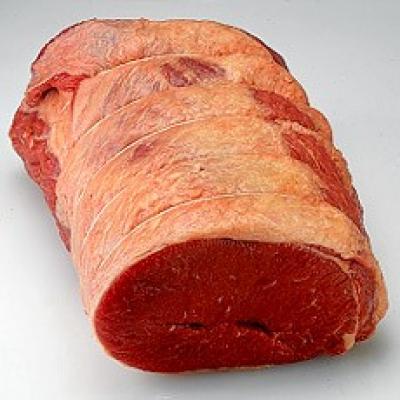


I am personally a great lover of both fish and vegetarian food, but I am also a dedicated meat-eater.
Slow roasting: Topside and top rump: are very lean cuts of beef for slow roasting. Either is best served rare or medium rare carved into large, thin slices, something easy to do as there are no bones Silverside and, again, top rump are both good for pot roasting, too.
The principle of pot roasting is long, slow cooking of the meat in a fairly heavy cooking pot (with a tight-fitting lid) in a small amount of liquid which can be stock, wine or cider. This creates a steamy atmosphere inside the closed pot, which keeps the joint moist as it cooks. Herbs and vegetables may be added too, and sometimes the meat is marinated first. The finished dish should be very tender and succulent.
Roast beef: If you want to serve the roast meat of old England for a special occasion, it’s best to get as large a joint as possible. The perfect roast includes a lovely crusty outside and lots of tender, succulent meat within. My advice is to buy a decent-sized piece of sirloin for a special occasion, and otherwise a double rib joint (which as it happens is next door, anatomically).
When you buy a piece of sirloin, make sure it contains the eye or undercut, which some butchers take out and sell as fillet steak (which it is). A decent joint of sirloin on the bone will weigh 4-5 lb (2-2.5 kg). If you are worried that your family is too small to cope with a large joint, bear in mind that good roast beef is delicious cold with chutney and jacket potatoes, and minced it makes lovely cottage pie.
Steaks: the prime beef steak cut is the fillet or tenderloin which runs beneath the lower backbone. Fillet steaks or the smaller filet mignon steaks (tournedos) are unadulterated tender, juicy nuggets of luxury that are excellent plainly grilled, or fried, or wrapped in pastry with a mushroom stuffing. Sirloin steak, which is a section of the sirloin joint, comes a close second for melting tenderness and is definitely spoil-yourself food. Rump steak does bring up the rear in terms of tenderness – it is a rougher cut – but full of flavour. Some say it is best for frying or grilling, but it can be braised.
Stewing and braising: I find certain cuts of so-called ‘braising steak’ better for some dishes than for others, so that in all my recipes I generally name the cut and suggest you always ask for it by name too. Unidentified stewing or braising steak can often be a mixture and can cook unevenly, I’ve found. Below is a list of the cuts that are suitable for braising (and stewing too); as you would see from a chart these cuts are always from the same part of the animal’s anatomy but, confusingly, the way they’re cut varies from region to region.
My own favourite cut for braising, where I live in East Anglia is called chuck and blade steak. In other regions it can be called shoulder, which is exactly where it is. If you want large pieces of meat rather than cubes, thick flank is suitable: actually from the hindquarters and called round or flesh end in Scotland or bedpiece elsewhere. Beef skirt comes from below the diaphragm of the animal. It is however an excellent cut for braising and one end can even be grilled if scored across the grain and tenderised by marinating before cooking.
Stewing beef can come from the neck and cod. These are accorded some undignified titles such as sticking, or in Scotland gullet, or in the North vein or sloat!!
Also suitable for stewing is thin flan which is sometimes just called flank. Leg and shin beef also stew beautifully given enough time.
Oxtail There is something about the flavour and aroma of an oxtail braising in the oven that’s very comforting on a bitter cold winter’s day. Choose an oxtail that clearly has plenty of flesh around the bone: one complete oxtail will serve three to four people. It is particularly good with haricot or cannellini beans, which seem to absorb so much of the flavour.
Follow us Like us on Facebook Follow us on twitter Follow us on instagram Follow us on pinterest Follow us on youtube
© 2001-2024 All Rights Reserved Delia Online